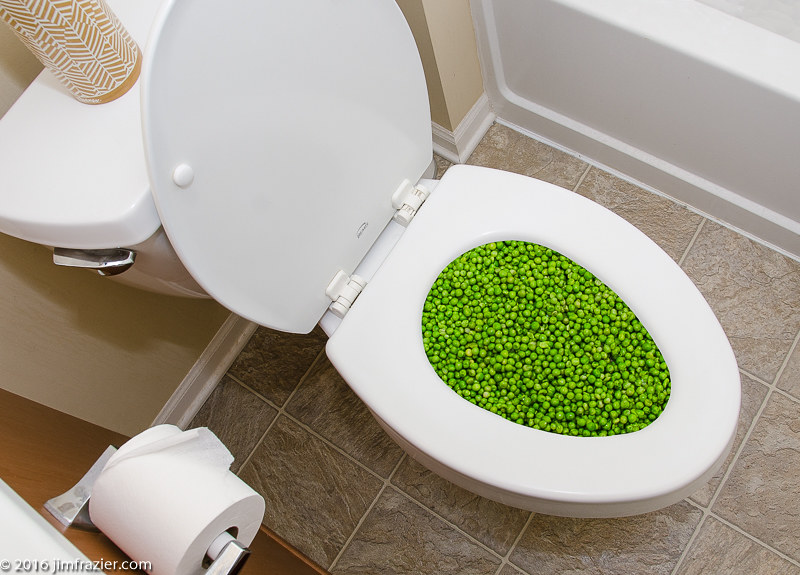Is it Suitable to Dispose of Food Down the Toilet?
Is it Suitable to Dispose of Food Down the Toilet?
Blog Article
This great article in the next paragraphs pertaining to Think Twice Before Flushing Food Down Your Toilet is particularly compelling. Read it for your own benefit and decide what you think of it.

Introduction
Lots of people are typically faced with the dilemma of what to do with food waste, particularly when it pertains to leftovers or scraps. One usual concern that occurs is whether it's okay to purge food down the commode. In this short article, we'll look into the reasons that people may take into consideration flushing food, the repercussions of doing so, and alternate approaches for correct disposal.
Reasons that individuals might consider flushing food
Absence of awareness
Some individuals may not recognize the potential damage brought on by purging food down the commode. They may mistakenly think that it's a harmless practice.
Benefit
Purging food down the commode might seem like a quick and simple service to getting rid of undesirable scraps, specifically when there's no neighboring trash can readily available.
Idleness
In many cases, people may simply select to flush food out of sheer negligence, without taking into consideration the effects of their activities.
Consequences of flushing food down the commode
Environmental effect
Food waste that ends up in rivers can contribute to contamination and harm aquatic communities. Furthermore, the water utilized to flush food can strain water resources.
Pipes concerns
Flushing food can cause clogged up pipelines and drains pipes, triggering expensive pipes repair work and troubles.
Types of food that need to not be purged
Fibrous foods
Foods with fibrous textures such as celery or corn husks can get entangled in pipelines and cause blockages.
Starchy foods
Starchy foods like pasta and rice can soak up water and swell, causing clogs in pipes.
Oils and fats
Greasy foods like bacon or food preparation oils need to never ever be flushed down the toilet as they can solidify and cause clogs.
Appropriate disposal techniques for food waste
Using a waste disposal unit
For homes equipped with garbage disposals, food scraps can be ground up and flushed via the pipes system. Nevertheless, not all foods appropriate for disposal in this manner.
Recycling
Certain food product packaging materials can be recycled, lowering waste and minimizing environmental effect.
Composting
Composting is an environmentally friendly method to dispose of food waste. Organic materials can be composted and made use of to enhance soil for horticulture.
The significance of correct waste monitoring
Decreasing environmental damage
Proper waste monitoring methods, such as composting and recycling, help lessen pollution and protect natural deposits for future generations.
Protecting plumbing systems
By staying clear of the technique of flushing food down the bathroom, property owners can prevent costly pipes repair services and preserve the honesty of their pipes systems.
Conclusion
Finally, while it might be appealing to purge food down the toilet for ease, it is essential to recognize the potential effects of this action. By embracing proper waste management practices and dealing with food waste sensibly, individuals can contribute to much healthier pipes systems and a cleaner atmosphere for all.
FLUSH FOOD DOWN THE TOILET?
FLUSHING FOOD CAN CAUSE BLOCKED DRAINS IN YOUR HOME
All of the plumbing fixtures in your home are connected to the same sewer pipe outside of your home. This outdoor sewer pipe is responsible for transporting all the wastewater from your home to the Council sewer mains. Even small pieces of food that go down the kitchen sink can cause problems for your sewer. It should therefore be obvious that flushing larger bits of food, such as meat, risks a clog in either the toilet itself or the sewer pipes. Flushing greasy food is even more problematic because oil coagulates when it cools, coating the interior lining of your pipes.
THE TOILET IS NOT A BIN
Food isn’t the only thing that people shouldn’t be flushing down the toilet. People use the toilet to dispose of all kinds of things such as tampons, makeup wipes, dental floss, kitty litter and even underwear. Water goes to great lengths to educate residents about the high costs and stress placed on wastewater treatment systems simply from people flushing the wrong stuff down the toilet. It costs taxpayers millions of dollars each year, and homeowners thousands in blocked drain repairs.
FLUSHING FOOD IS A WASTE OF WATER
Flushing food is a waste of our most precious resource - water. In June this year Level 1 water restrictions were introduced to protect water supply from drought conditions. Much of New South Wales continues to be affected by prolonged drought with recent figures revealing up to 97 per cent of the state remains in drought. Depending on whether you have a single or dual flush toilet, every single flush uses between five and 11 litres of water. In the current climate this is a huge amount of water to be wasting on flushing food that should be placed in the bin (or better yet, the compost).
https://www.jabplumbingsolutions.com.au/blog/can-you-flush-food-down-the-toilet

As a fervent person who reads about Flushing Food Down the Toilet?, I think sharing that chunk was smart. I beg you set aside a second to promote this blog if you enjoyed it. Thank you for being here. Return soon.
Book Your Appointment Report this page